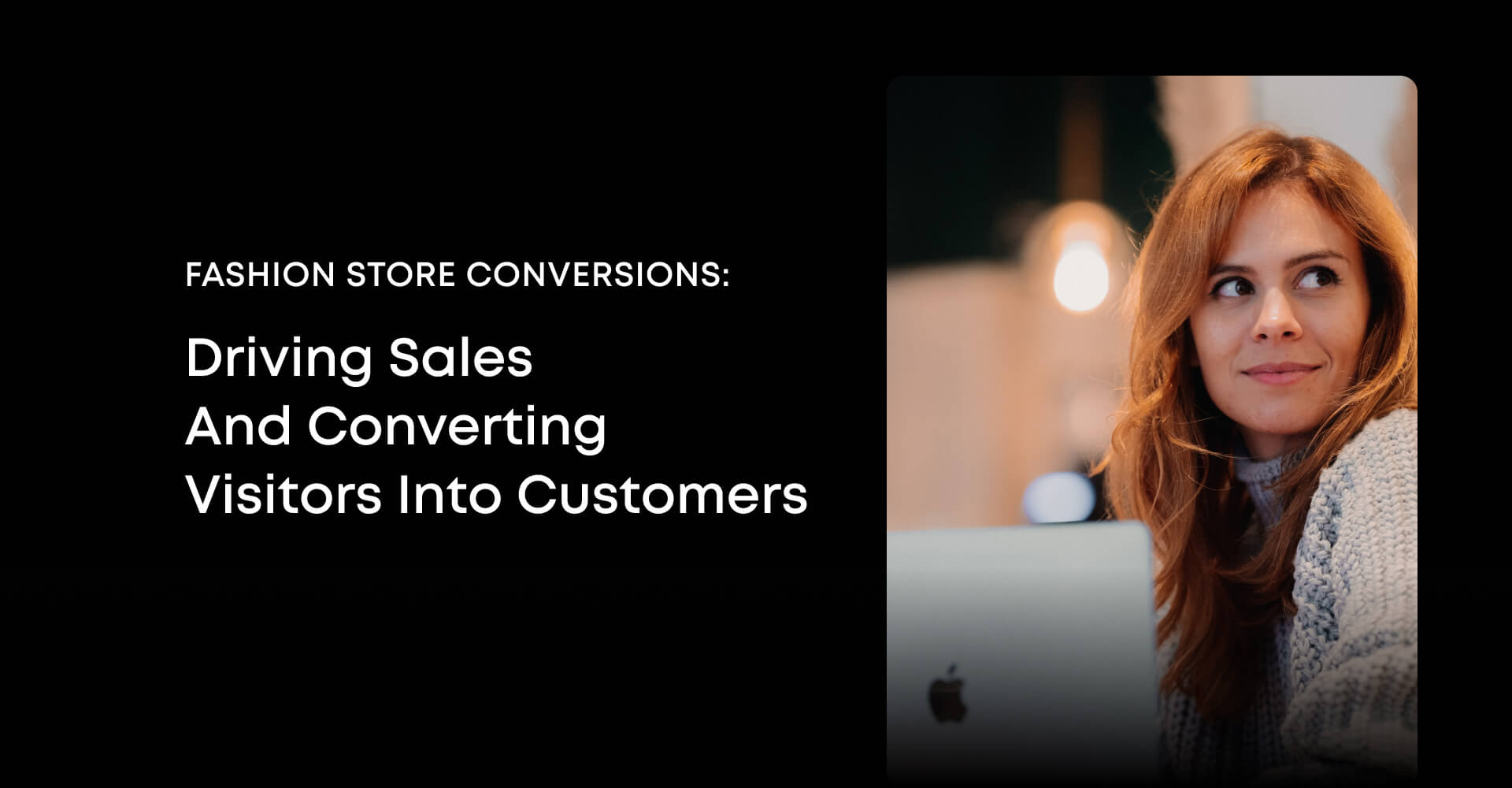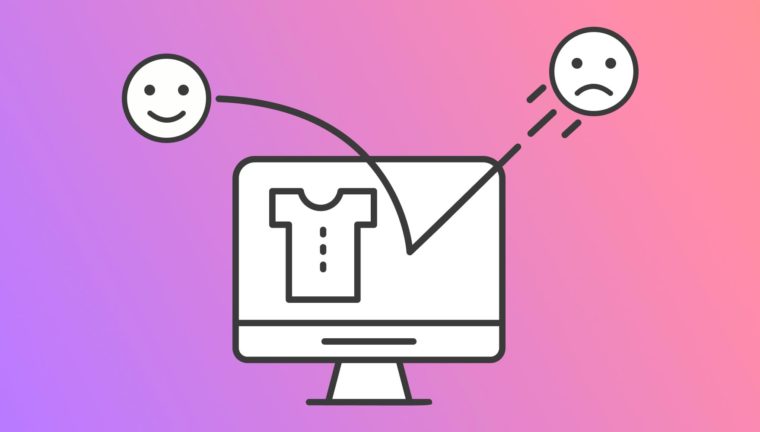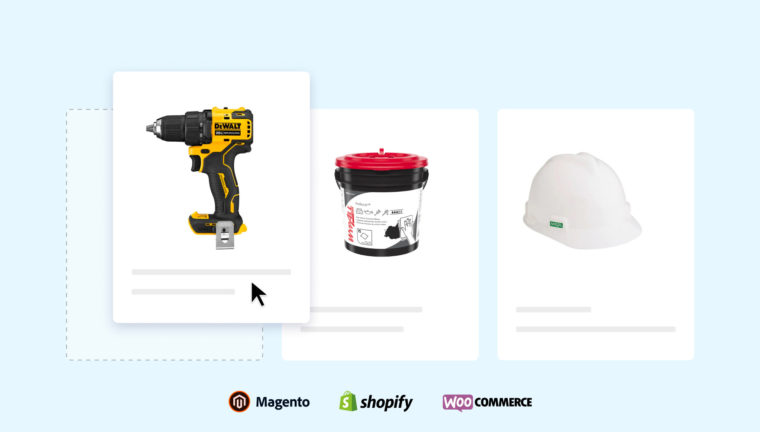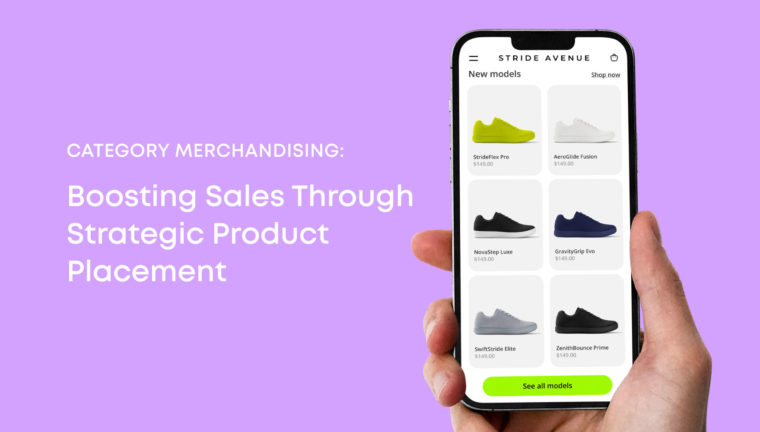Statista predicts that 2026 online fashion store sales will reach about 25% of the overall market, with almost 5% year-on-year growth. So it’s time to get into the e-commerce clothing business, too, if you haven’t yet. That’s the only way to succeed in a highly competitive environment.
But keep in mind, it’s not enough to create an online store. When growing your clothing business, you should also think about how you’re going to ensure an increase in conversions and, accordingly, income. Interested? Okay, let’s discuss this topic in more detail and start with the basics.
eCommerce Market of Successful Clothing Companies
Starting your own clothing company or scaling an existing one, you must know the market situation, so we suggest studying current statistics. It would help you enter the fashion eCommerce business more smoothly:
- Clothing, shoes, and accessories are the top 3 items purchased online.
- 13 of the 20 leading direct-to-consumer brands operating worldwide belong to the fashion and clothing domain.
- The c eCommerce market worldwide is projected to surpass 820 billion USD by 2023 and reach 1.2+ trillion USD by 2027.

- Mobile commerce is expected to reach over $620 billion by 2024, with 50% of all eCommerce shopping via mobile devices.
- Poor UI/UX can deter 60% of consumers from returning to an online store.
- Digital and mobile wallets are more popular than credit or debit card payments, accounting for almost 50% of transactions.
- Personalized recommendations and product suggestions are expected to become increasingly important in fashion eCommerce, with 45% of consumers saying they are more likely to make a purchase when offered special recommendations.
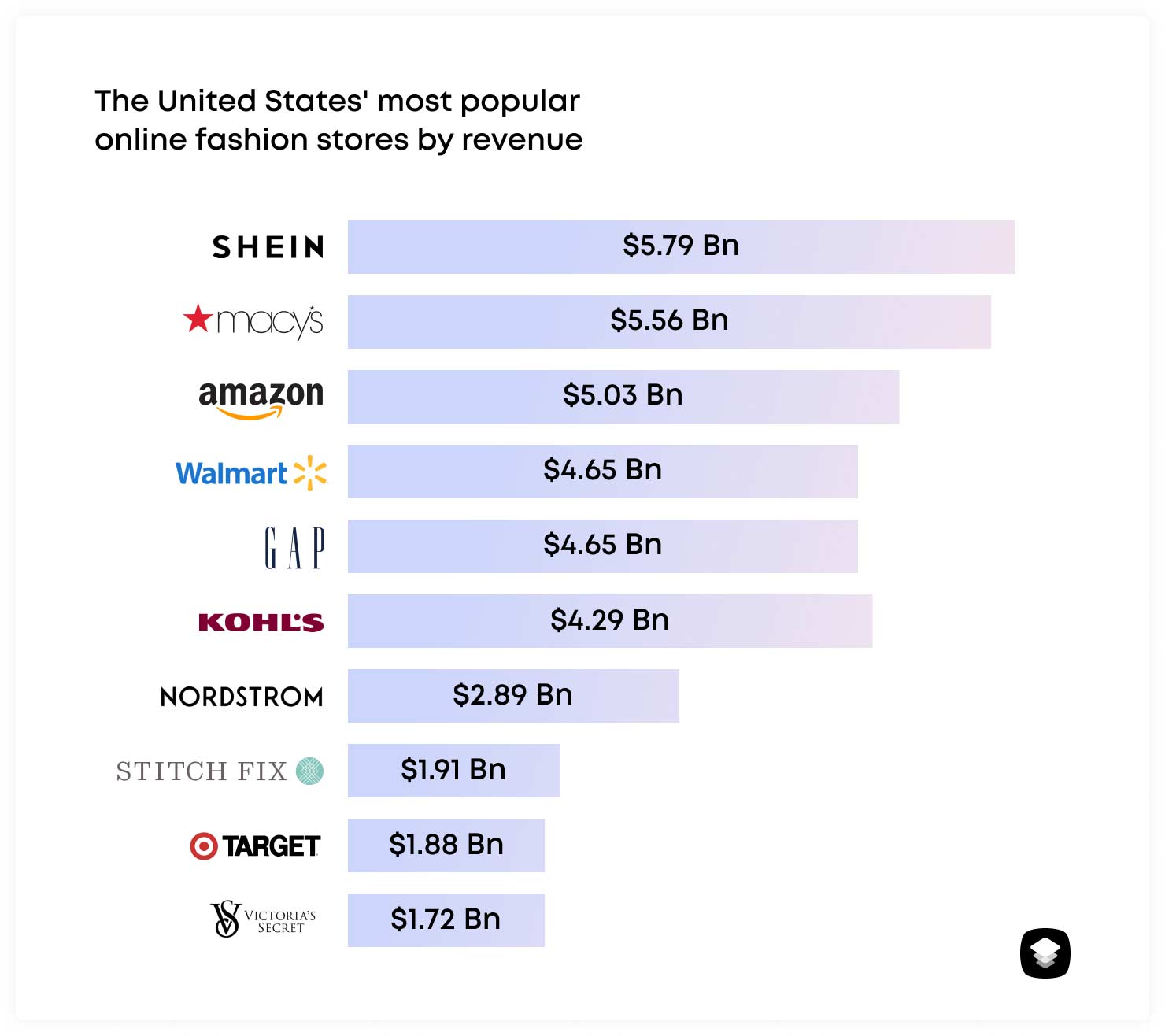
And now, let’s move on to more practical tips to help you increase sales of your fashion products via online channels.
How to Increase Retail Sales for Your Clothing Business
Fashion eCommerce Trends
To ensure constant fashion store’s revenue, you must know what is popular among modern customers at the moment. All successful clothing companies consider the latest trends when developing their business strategies:
- Shopping on the go. Over 60% of fashion eCommerce transactions take place on mobile devices, with smart speakers and virtual reality goggles being used to make purchases, either. Today, it’s really a trend number 1.
- Innovative tools. Various modern tools are also becoming more prevalent in the fashion eCommerce industry. Eminent clothing businesses are experimenting with live-streaming platforms and AR-based dressing rooms to invite shoppers and increase fashion product sales.
- Virtual fashion. Virtual fashion is on the rise, too, with a growing number of brands catering to the need for virtual goods. While physical products still dominate the market, a few brands, such as DressX and Tribute Brand, serve the virtual fashion market.
Eco-friendly approach. It is predicted that sustainable fashion will continue to gain momentum in 2023-24. As people become more aware of the negative effects of the fashion industry on the environment, they are calling for more ethical and eco-friendly clothing options. In response, many online retailers are introducing sustainable fashion collections and highlighting their environmentally conscious practices.

To learn more about eCommerce trends, follow this link.
Keeping a pulse on these and other emerging trends and following them at least partially will boost your fashion store sales.
Personalized Shopping Experience
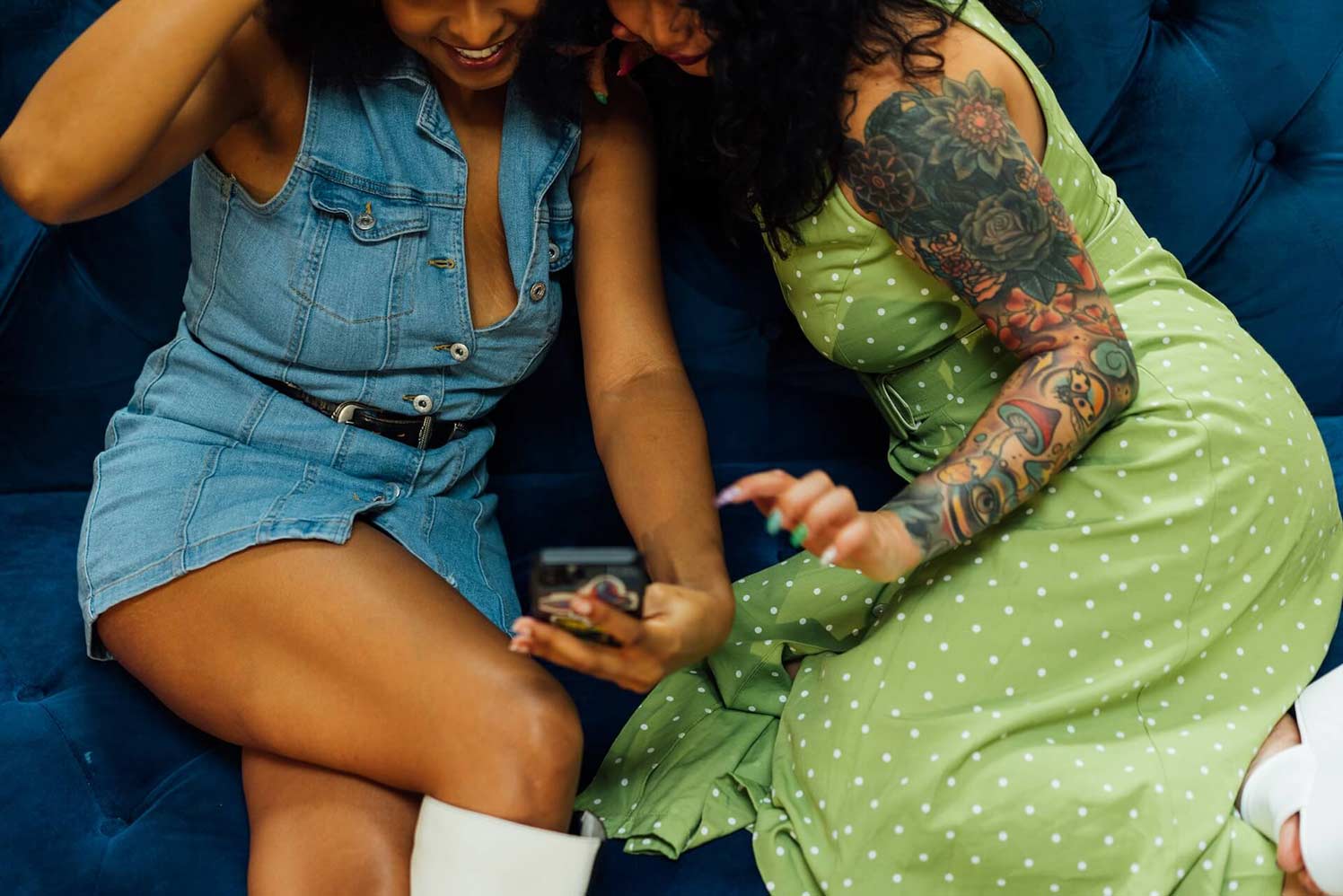
According to recent studies, today, personalization contributes to half of all online purchases. It means you cannot expect to improve your fashion store sales unless you address the unique needs of your customers – those related to the apparel industry, of course.
Modern buyers require an individual approach: universal, so-called “all-in-one” solutions won’t satisfy them. That’s why it’s so important to collect and analyze data about customer behavior and then use the processed information to personalize your offers.
When creating your personalization strategy, we suggest you look into the location of shoppers (what suits a resident of a hot climate won’t do for those living in cold regions), their age, sex, cultural values, religion, ethnicity, and much more. These factors form the habits and preferences of your customers.
SEO Optimization

When looking for some fashion products, customers tend to click on the top search results, which is hardly surprising. And the best way to occupy first positions is through SEO optimization.
To this end, you must focus on keywords related to your fashion niche. Identify the phrases your potential shoppers will likely use to find clothing items online and incorporate them into your website content, product descriptions, and tags. Test different combinations of words, and don’t stop until you come out successful.
Also, make sure the content of your online store is of sound quality and the website itself operates smoothly, without failures and errors: Google takes all these facts into account when ranking web resources.
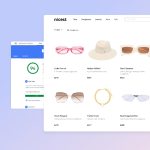
Running an online store? Then you should learn 5 effective tips to make your project successful. And we’re happy to share them with you in our blog post.
With thoughtful SEO optimization, your e-commerce project will become more visible to customers, improving your chances of converting them into actual buyers who will bring you money. Thus, you increase sales of your fashion products.
Informative Fashion Store Blog

This advice follows logically from the previous one. After all, a fascinating and informative blog is great for using fashion-related keywords. Moreover, that’s just one of the benefits it provides, and the rest include such points as:
- Opportunity to attract more customers. Staying on your resource first as readers, website visitors may end up becoming buyers.
- Perfect place to use CTAs. You can add calls to action to articles, namely calls to buy something from your product range, thereby raising your fashion store sales. A simple example: suppose a blog post is about choosing accessories. In that case, why not suggest in an unobtrusive way which pieces of yours are best suited for different occasions? And remember to link your readers to the relevant section of your online catalog!
By the way, we’re going to discuss the catalog in more detail after a few paragraphs – this topic deserves our special attention. You’ll understand why in due course.
Partnership with Fashion Bloggers

Influencer marketing has been gaining popularity in recent years, being increasingly used to boost conversions in almost any field, especially in the clothing industry. With the right collaboration, you have a real opportunity to tap into the audience of famous bloggers and improve your fashion store sales.
The reason is apparent: fashion bloggers and influencers have loyal followers who trust their opinions and recommendations. They can create buzz around your brand by featuring your clothing products on their social media platforms and blogs and encourage their fans to purchase.
Influencer marketing is expected to remain a popular marketing strategy in fashion eCommerce, with almost 90% of marketers saying they plan to use influencer marketing in 2023 and 2024.User-friendly Mobile Interface

Remember the Shopping-On-The-Go trend mentioned above? We decided to cover it separately because a successful mobile experience is essential to growing your clothing business in today’s digital age.
Modern people do everything on the run, and shopping is no exception. Therefore, the mobile version of your online store should be flawless in every way. This relates, first and foremost, to the correct approach to UI/UX design.With a user-friendly mobile interface, you can easily showcase your products and simplify the checkout process, positively impacting your fashion business’s revenue. In addition, that’s a chance to join the ranks of forward-thinking competitors that have already managed to optimize their mobile sites.
Social Media Promotion
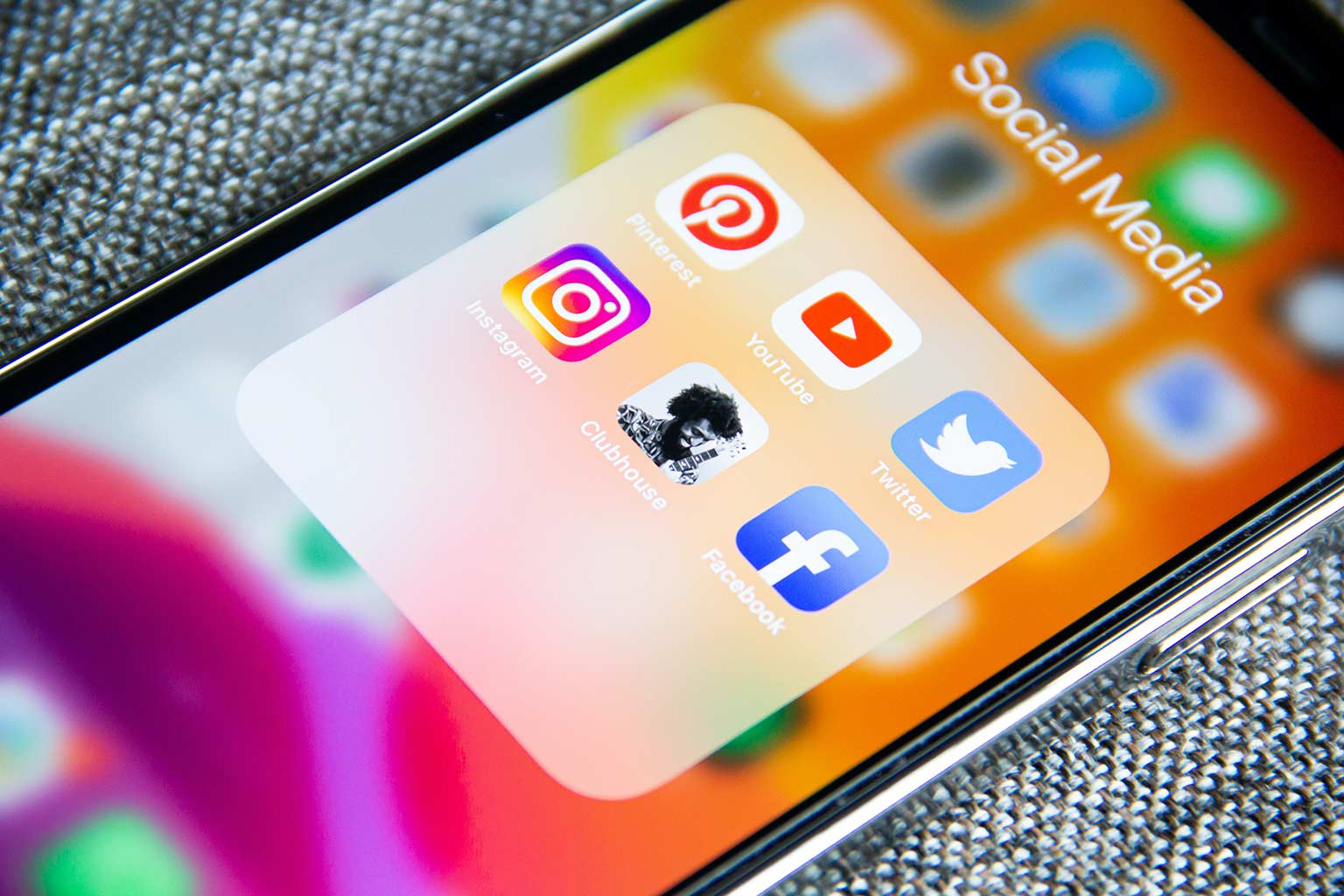
Thinking about how to increase retail sales for your clothing business, don’t discount social media marketing, and here is why.
With billions of active users, social media platforms like Facebook, Instagram, and Twitter provide a massive audience to promote your fashion products. You can use this tool to build brand awareness, attract new customers, and ultimately drive online sales.
Social media is projected to play a significant role in fashion eCommerce, with Instagram and Pinterest expected to be the most popular social media platforms for fashion brands.Your social media marketing strategy should consist of 2 main steps:
- Create engaging content that shows in a favorable light your clothing items. This content should use high-quality images, videos, and blog posts about your product’s unique features. By consistently sharing it on your social media pages, you’ll build a loyal audience and keep your brand in the spotlight of potential buyers.
- Take advantage of social media advertising to target your ideal customers. With sophisticated targeting options, you can reach shoppers based on their interests, demographics, and behavior, ensuring that your items are seen by the right people at the right time.
Combining these 2 strategies and staying active on social media will increase fashion product sales and take your clothing business to the next level.
Important caveat. When users go from an ad to your online store, they must approve what they see… which means it’s time to discuss proper online catalog management.
Product Catalog Management

Another thing to take care of for raising your fashion store sales is smart catalog management. The advice may seem obvious or even less important than the previous ones, but such an approach to doing eCommerce business is the first step to losing your competitive advantage.
Let’s say you managed to lure customers to your online store. What’s next? After all, they can just as quickly leave it, right? You have to retain possible buyers, which is where the efficient product display comes into play.
In our cooperation with clients, owners of online stores, including those in the fashion industry, we noticed some problems with their catalogs, namely:
- Poor shown assortment variety. Sometimes customers have to scroll down the catalog for a long time to see all the variety of your assortment, which they are unlikely to do. The mistake is that the items of a particular brand or category prevail over others with little reason or sense. “They have only Dior and no Channel!” The shopper thinks and leaves your online store… although, in fact, you may have products from both brands; you just failed to show them properly.
- A haphazard approach to the item display. Let’s say, in summer, it would be logical to place sundresses and sunglasses at the top of the catalog, focusing on scarves and mittens in winter. However, reality often disappoints customers, which reflects poorly on the fashion business’s revenue.
- No prominent accents. Many catalogs look boring and don’t stimulate customers to purchase more. You should follow the lead of successful clothing companies that deliberately place items from the same collection, of a similar style, or connected by some other logic next to each other in the catalog. This way, they encourage users to buy several positions at once, even if the original plans were different.
- Inefficient work with product balances. Adding an item to the cart, followed by discovering it’s unavailable, is frustrating for the customer. And you obviously want the opposite result.
- Inattention to low-selling positions. Don’t bail on underperforming products, give them another chance. And you don’t have to resort to expensive advertising methods right away. Start with more cost-effective options (which we’ll discuss below).
All these problems are easy to fix, the main difficulty is the time costs. And time is a luxury for most managers, who usually focus on what they see as more pressing business tasks. The result is poor product display on their catalogs, leading to decreased conversions and fashion store sales.
Keep reading, though, and you’ll learn a few simple but effective tricks to optimize your and your employees’ work.
Landing Pages for Targeted Promotion

A good way to promote products of a specific category or brand is to create and actively advertise a landing page dedicated to them.
At its core, such a landing page is a targeted online catalog to which all the above rules and comments apply. So ensure you avoid the mistakes in placing the goods described just above.
And we advise you to start with the right and thoughtful work with visual merchandising.

If you need help understanding the concept of visual merchandising, take some time to read our article. In it, we reveal a lot of valuable information that will help you manage your online store in a better way.
As you can see, you have a lot of ongoing work to do with online catalog management, which is pretty time-consuming. Fortunately, this problem can be solved without too much trouble.
Improve Your Fashion Store Sales with Visual Merchandising Tools

If you remember, one of the trends in e-commerce is the active use of all kinds of innovative tools. We invite you to implement it into your processes, too, raising your fashion store sales through task optimization.
An excellent example of such modern tools is Sortler, a great visual merchandising solution. Designed for online catalog management, it perfectly solves the product display problems we listed above.
Sorter offers 2 main work options:
- Smart rules. You create rules for product display in your catalog and assign them to Sortler. The rest is up to it, everything happens automatically without your participation.
- Drag & Drop. You can also use the popular Drag & Drop feature, manually moving elements around the screen and immediately seeing the result of your efforts.
Let’s give some examples of using Sortler to simplify catalog management, resulting in better conversions and increased fashion product sales. Just note that these are only a few top features; all of them are described here.
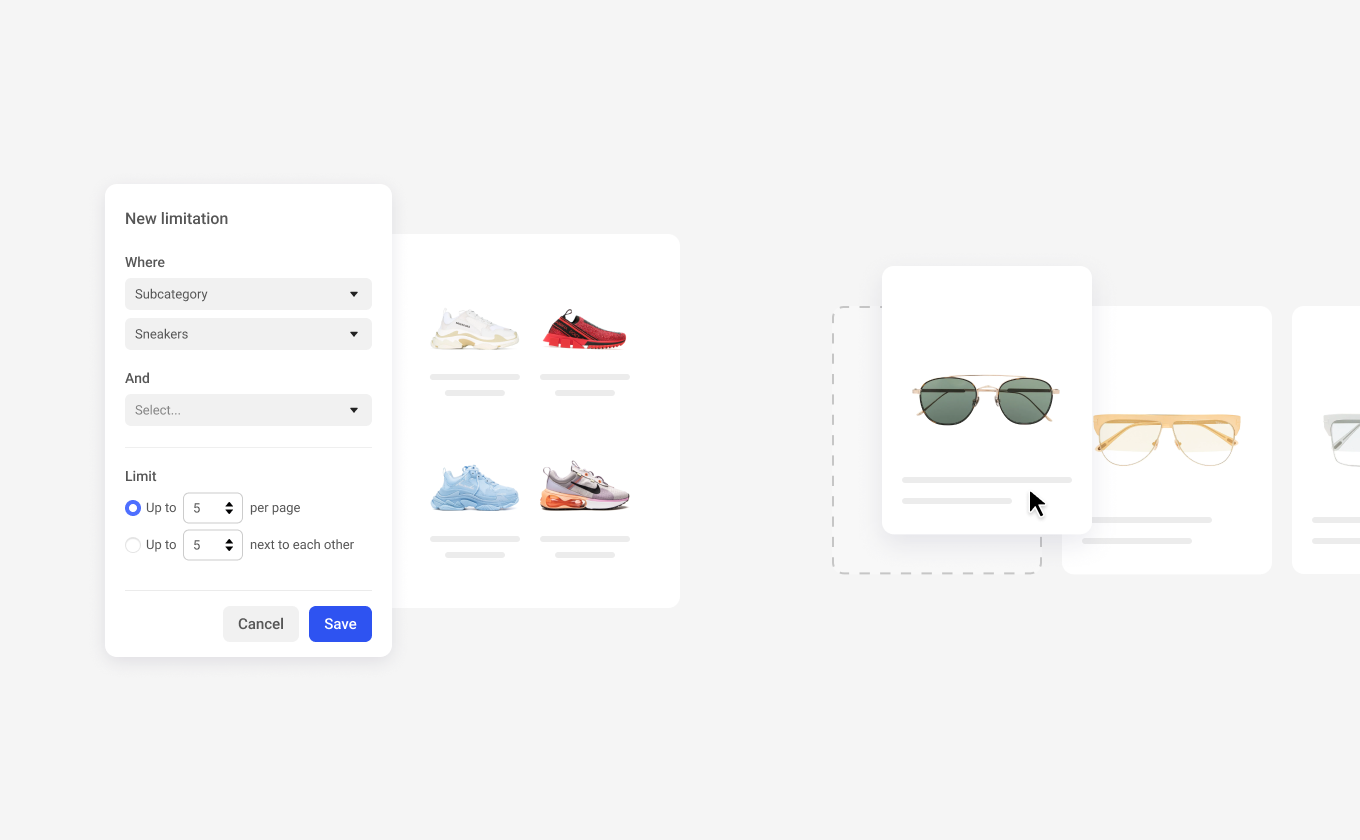
So, with Sortler, you can…
- Prioritize fashion items in your catalog as you see right. Your task is to think over the logic of product placement and ask Sortler to follow it. Among other things, you can:
- determine what percentage of a particular brand or category should be placed at the top of the catalog to achieve the desired diversity on the page;
- create a rule according to which products added to the Wishlist more than 3-5 times would be highlighted in your catalog;
- raise the wardrobe items corresponding to the current season up the catalog;
- move down products with a high percentage of returns or those where sizes aren’t specified.
- Correctly work with low-selling goods. As we’ve already said, there are simple, affordable, and yet effective ways to improve your fashion store sales by increasing customers’ interest in underperforming products. The logic of actions is simple and consists of several steps:
- tracking sales figures to respond in time to their decline;
- moving poor-selling products up the catalog to make them more visible to the customer;
- automatically assigning a discount to these items if other methods fail to provide the expected effect.
- Create beautiful matching product combinations. For example, you can instruct Sortler to show wardrobe items from the same collection next to each other on the catalog page and specify in what quantity (because overdoing it and doing nothing are equally bad).
Manage inventory efficiently. Ask Sortler to automatically move unavailable positions down the page and raise those that run out to speed up their sales, which is good for your fashion store’s revenue.
Now that you know how to increase retail sales for your clothing business, it’s time to go to practice and start implementing our tips. And if you have any questions left, feel free to ask!
